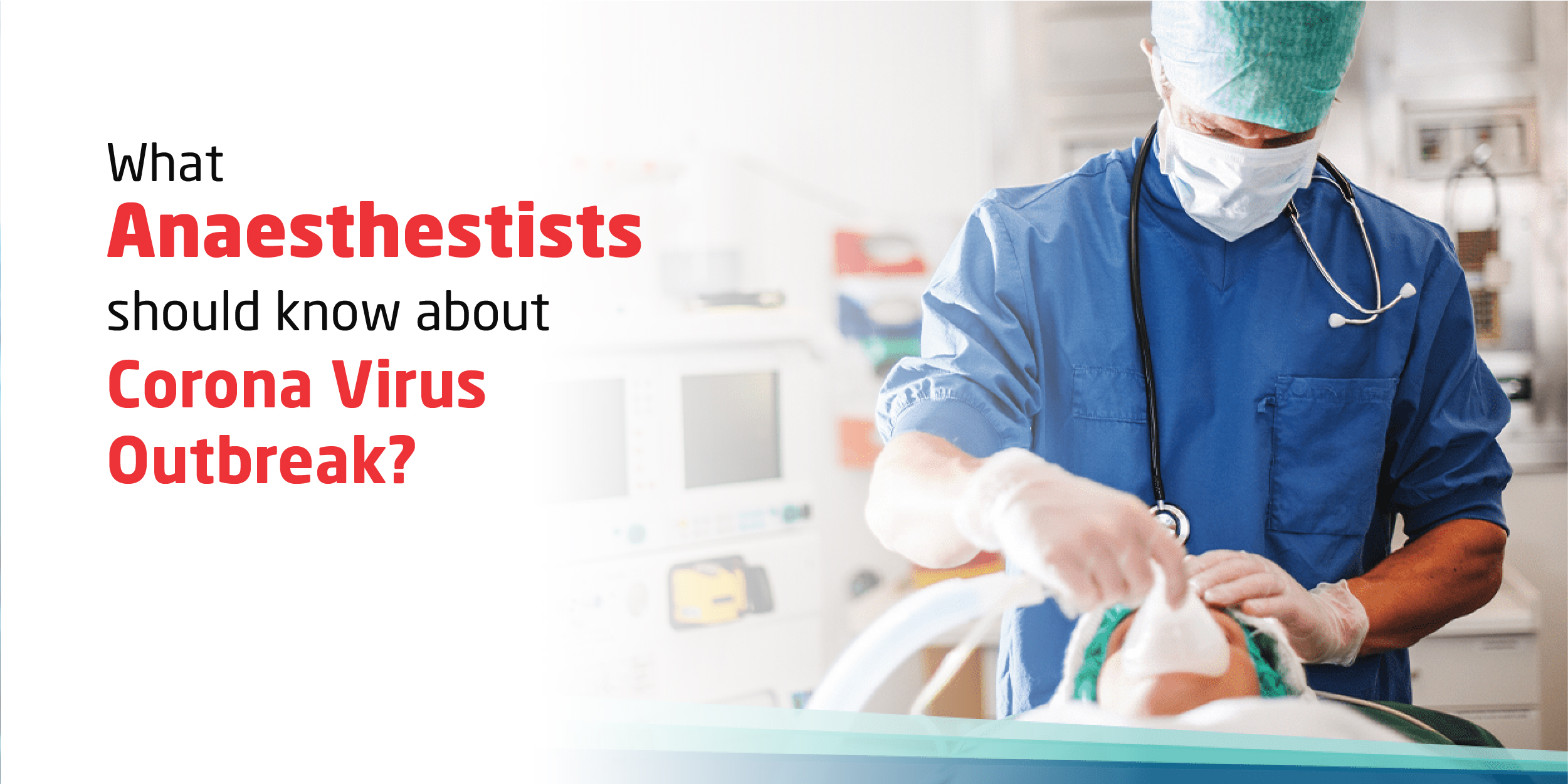During the SARS outbreak, 21% of the infected individuals globally were healthcare workers. Concerns were raised about infection in healthcare workers despite apparently appropriate personal protective equipment (PPE).
First, the protection of healthcare workers is not just about PPE, it encompasses all principles of infection prevention and control. Whilst the initial focus for protecting anesthesiologist or personnel involved in aerosol-generating medical procedures (tracheal intubation, non-invasive ventilation, tracheotomy, cardiopulmonary resuscitation, manual ventilation before intubation and bronchoscopy) was on the need for more stringent PPE, such as powered air-purifying respirators or double gloves during the SARS outbreak, the further investigation did not support a risk of transmission with tracheal intubation if appropriate precautions and more people of the world from international spread of disease.
Health care workers were exposed to the risk of infection before PPE was used. It reflects the importance of triage, early recognition, and prompt isolation for suspected cases of infected patients.
Non-compliance or sub-optimal adherence to the use of PPE. Strict adherence to the use of PPE, including procedure mask, eye protection, gown, and gloves, is highly effective in limiting droplet and contact transmissions.
PREPARING THE PATIENT AND PROCEDURE ROOM
Transfer of a suspected or infected COVID-19 patient to the room for aerosol-generating medical procedures requires planning. Consideration includes:
- The room should be adequately ventilated; for aerosol-generating medical procedures performed outside the operating theatre, a negative pressure / airborne isolation room with minimum 12 air changes hl is preferred.
- The patient should wear a face mask during transport to the procedure room.
- The staff involved in the care of the patient should don PE as required by their hospital’s policy for management of COVID-19.
- Hand hygiene must be reformed by staff before and after all patient contact, particularly before putting on and after removing PPE.
- The number of individual staff members involved in the resuscitation should be kept to a minimum with no or minimal exchange of staff for the duration of the case, if possible.
PPE CONSIDERATIONS:
- Specific PPE components selected for aerosol-generating medical procedures may vary slightly by hospitals. However, the underlying principles are the same: to protect the healthcare provider from inhalation and contact with aerosols and droplets that may be generated during the procedures. PPE components that may be used to accomplish this level of protection include:
1. A particulate respirator (US National Institute for Occupational Safety and Health-certified N95, EU standard FFP2, or equivalent); all healthcare workers should have an updated respirator fit test:
2. Eye protection, through the use of goggles or a disposable face shield.
3. Gown with fluid resistance; and
4. Gloves.
- Any PPE component that becomes heavily soiled during aerosol-generating medical procedures should be replaced immediately.
- Careful attention must be paid to donning and doffing of PPE to avoid potential exposure and self-contamination, which is highest during the removal of PPE. All healthcare workers attending to aerosol-generating medical procedures should be trained and comfortable with PP E use, including safe donning and doffing.
- After removing protective equipment, the healthcare worker should avoid touching the hair or face before cleaning hands.
- PPE should be disposed of carefully in touch-free disposal or laundering bin.
MINIMIZATION OF THE AEROSOL GENERATION:
To minimize the aerosols generated during airway instrumentation, some factors to consider include the following:
- Airway management should be reserved for the most experienced anesthetist, if possible.
- A high-efficiency hydrophobic filter interposed between the face mask and breathing circuit or between the face mask and airway bag can be used, if available.
- A thorough pre-oxygenation with 100% oxygen and rapid sequence induction (RSI) should be considered to avoid manual ventilation of the patient, which can result in aerosolization of virus from airways.
- RSI may need to be modified if the patient has a very high alveolar-arterial oxygen gradient, is unable to tolerate the 30s of apnoea, or has a contraindication to succinylcholine. if manual ventilation is anticipated, small tidal volumes should be applied.
- Awake fiber-optic intubation should be avoided unless specifically indicated, as the atomized local anesthetic and the coughing episode during anesthetizing of the airway can aerosolize the virus. Consider the use of a video-laryngoscopy.
- Tracheal intubation rather than the use of the laryngeal mask is favored.
- In managing patients with respiratory distress from coronavirus infection outside the operating theatre, non – invasive ventilation should be avoided, if possible, to prevent the generation of an aerosol of the virus in the room, and early intubation should be considered in a rapidly deteriorating patient. Whilst resuscitating the critically ill patient, chest compressions should be held during intubation to avoid exposing the face of the intubating clinician to aerosols and considered before intubation, if possible.
CONCLUSION:
ANAESTHESIOLOGIST ARE EXPERTS IN AIRWAY MANAGEMENT AND WILL BE ON THE FRONTLINES OF MANAGING CRITICALLY ILL PATIENTS. A GOOD KNOWLEDGE OF INFECTION
PREVENTION AND CONTROL, VIGILANCE IN PROTECTIVE MEASURES, STRICT ADHESION OF DONNING AND DOFFING OF PPE, AND PREPAREDNESS FOR THE CARE OF INFECTED PATIENTS ARE OF UTMOST IMPORTANCE.
